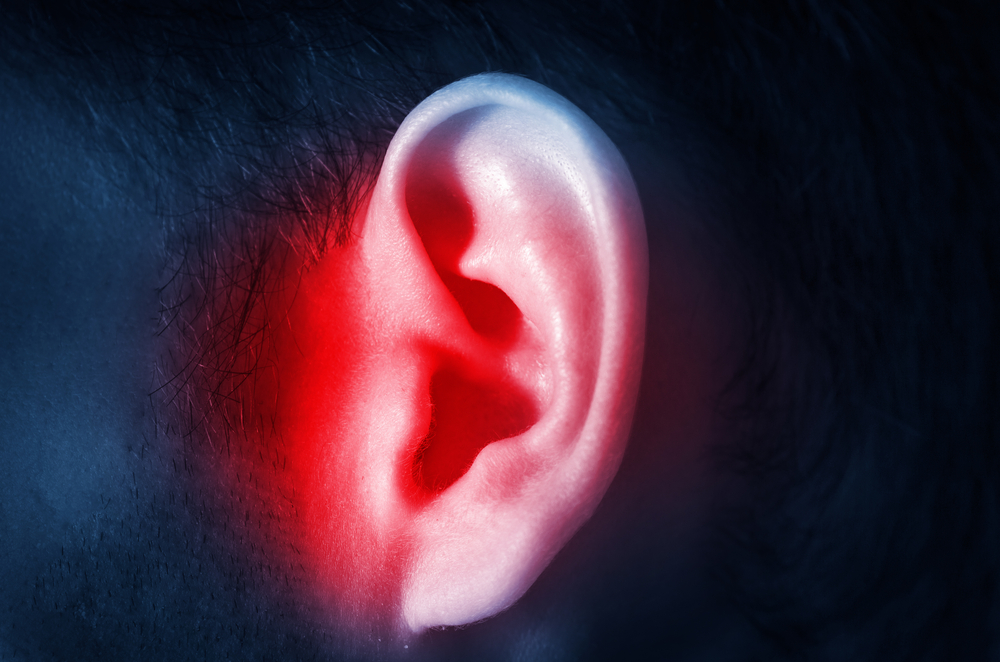
What is Otosclerosis?
Otosclerosis is a bone abnormality in the middle ear that causes gradual hearing loss. A form of conductive hearing loss, it can also affect balance and cause feelings of dizziness and vertigo.
Here’s everything you need to know about otosclerosis: its symptoms, causes, and treatments.
How otosclerosis forms
To understand otosclerosis, it helps to remember how hearing works.
The middle ear contains three tiny, complex bone structures (the malleus, stapes, and incus) which vibrate against the cochlea upon receiving soundwaves. These vibrations then stimulate sensory hair cells in the inner ear, which transmit the resulting signals to the brain.
Otosclerosis occurs when abnormal bone growth stops these tiny bones from vibrating. As a result, sound waves don’t reach the inner ear and hearing can be profoundly impacted. In severe cases, bony growths can also impact the inner ear and compromise balance.
What are the symptoms of otosclerosis?
People with otosclerosis will usually notice symptoms in one ear to begin with, but the condition eventually spreads to both ears in the majority of cases. Those affected often notice the following symptoms.
- Hearing loss, with low and soft sounds being the first to become inaudible.
- Dizziness or vertigo, in cases where the bone abnormality extends into the balance mechanisms of the inner ear.
- Tinnitus (ringing in the ears).


What causes otosclerosis?
The precise cause of otosclerosis remains unclear, but research has linked it to factors such as:
- Genetics: while it’s possible to develop otosclerosis with no genetic history, the condition often runs in families.
- Age: unlike most other forms of hearing loss, otosclerosis is statistically more likely to appear in younger age brackets – particularly those in their 20s.
- Ethnicity and gender: caucasian women appear to be most susceptible to otosclerosis.
- Prior health issues: while research is still being conducted, doctors have found some evidence linking otosclerosis to measles, immune conditions, and stress fractures to the bony tissue surrounding the inner and middle ears.
Despite these links, otosclerosis can still develop without any known underlying factors. If you are in a younger age bracket and have started to experience gradual hearing loss, take a hearing test with a qualified professional as soon as possible.
How is otosclerosis diagnosed?
Otosclerosis is generally diagnosed by an ear, nose, and throat (ENT) specialist or an audiologist. After ruling out other forms of conductive hearing loss, these professionals will conduct hearing tests and – in some cases – a CT scan to examine the inner and middle ear.
What are the treatment options for otosclerosis?
In cases where otosclerosis has resulted in profound hearing loss, doctors may recommend a surgical procedure called a stapedectomy – in which a tiny device is implanted into the middle ear to free up the stapes bone.
Doctors won’t always advise a stapedectomy, however. The delicate and invasive nature of the procedure can actually worsen hearing loss in some cases.
For others, a custom fitted hearing aid presents the best possible solution. With slimline modern designs, it’s now possible to restore your hearing without compromising your lifestyle or having to deal with a high-maintenance device.
Concerned about your hearing?
Book an appointment with one of Bay Audio’s expert audiologists to find the hearing aid that’s right for you.
